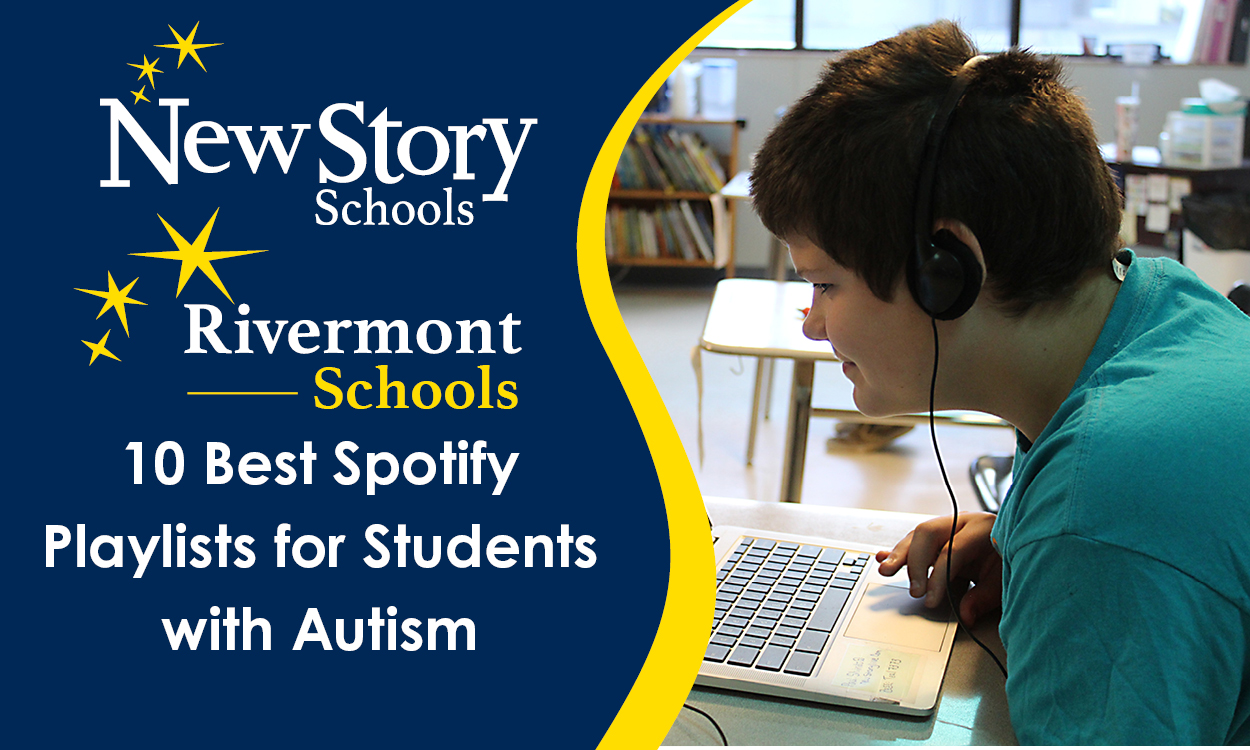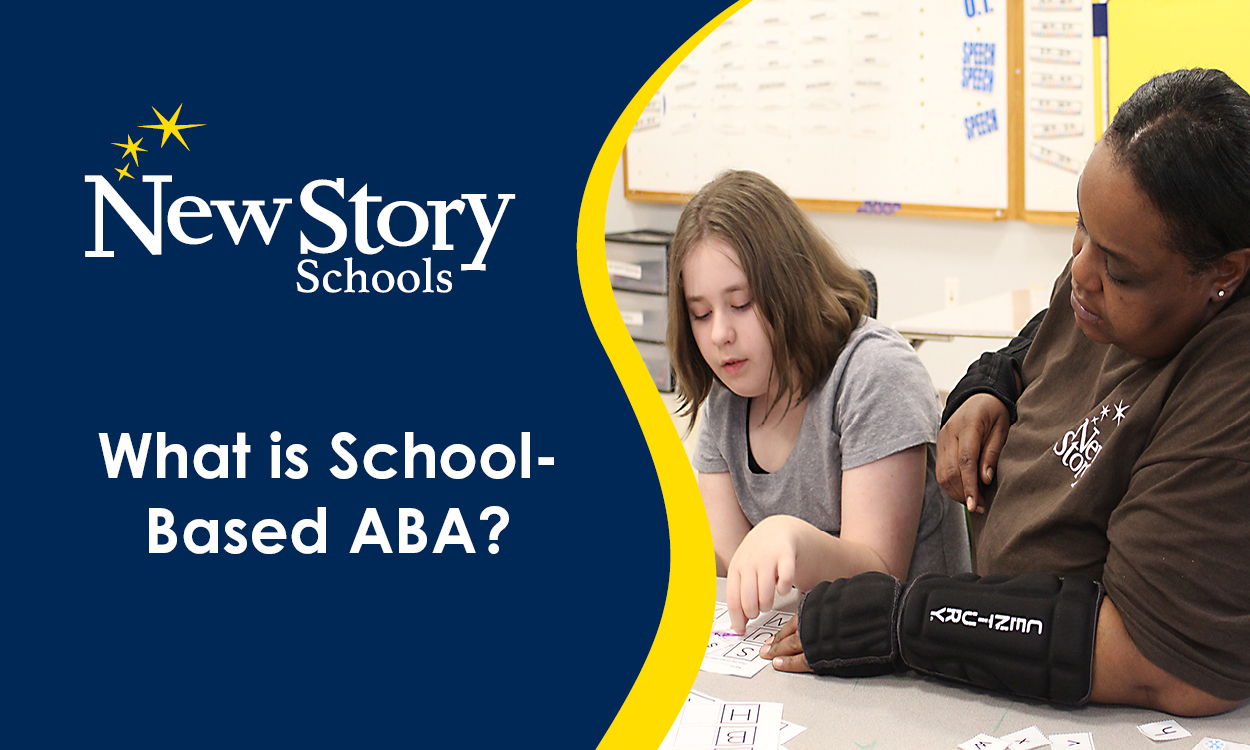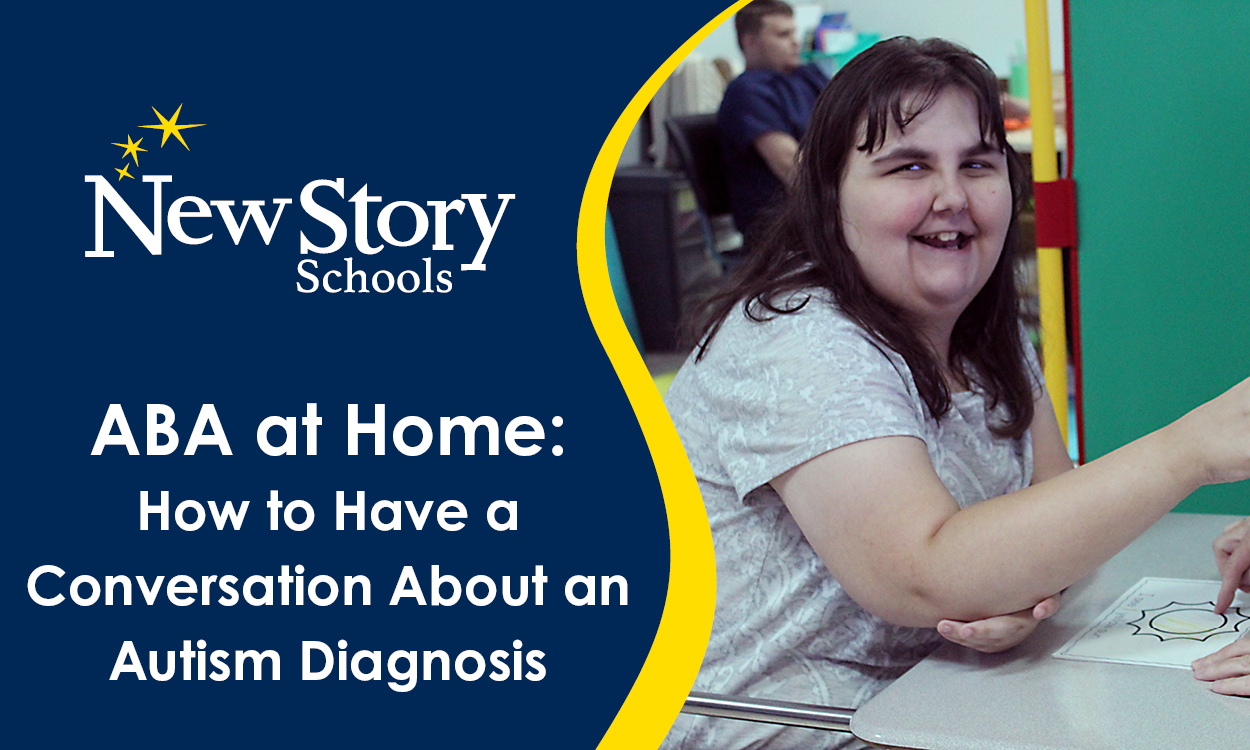Nine Tips to Building a Classroom Culture of Positivity
Posted: August 15, 2023 | Written By: Dr. Jill Blanchard | Category: Support for Educators

Over the next several months, we are excited to share articles from Dr. Jill Blanchard, Senior Vice President of Operations in Ohio. We’ll dig into topics like building a positive classroom culture, how to effectively provide feedback, conflict resolution tips, and much more.
You can be in complete control of your classroom and still create a positive environment where your students feel safe, secure, and heard. It is possible for you to have a positive, calm classroom in which students allow you to be in control and do what you are there to do: TEACH!
Tips for getting control back:
- Start from the beginning. As soon as you see your students, first thing in the morning or when they arrive at your door, stop them and don’t let them proceed any farther until they’re quiet and attentive. If it takes 10 minutes, so be it.
- Move deliberately. Slowing down has a calming effect on students. You will also discover that, surprisingly, both you and your students will get more accomplished.
- Speak softly and slowly. Make your students have to strain slightly in order to hear you. You can even tell them that you’re going to whisper your instructions to see how well they can listen.
- Use short, direct sentences, and offer simple instructions that incrementally get students to do what you want. (“Place your math book in the top corner of your desk and stand up.”) Increase complexity gradually.
- Pause often and a beat longer than feels comfortable. This technique has an almost supernatural way of drawing attention to you and what you have to say.
- At any point during the day, if your students aren’t giving you exactly what you want, stop them immediately.
- Take your time, but never be boring. You can still be happy and enthusiastic in front of your students while at the same time taking things slowly.
- Relax and enjoy your day. If it feels stressful, then you’re doing it wrong. Classroom management doesn’t have to be difficult to be effective. Moreover, your peaceful disposition has a profound effect on students.
- Once your students are calm and you have established yourself as the leader of the classroom, teach your classroom management plan over again, as if it’s the first day of school.
Remember, sometimes to get ahead, it is important to SLOW down the entire process of our teaching and classroom management.
“Remember, we often need love the most when we are most unlovable.” -Unknown
Our Words Matter
The way we talk to our students has a direct effect on the culture of our classroom and how our students achieve.
Tips for Talking to Students:
- Talk less
- Lower your voice
- Stop repeating
- Stay POSITIVE!
- MODEL positivity!
Helpful Resources:
DISCIPLINE TIPS: https://lifehacker.com/six-tips-on-disciplining-children-from-an-experienced-t-1679048782
CLASSROOM MANAGEMENT: https://www.smartclassroommanagement.com/2009/10/24/how-to-gain-control-of-any-classroom/
HOW TO SPEAK TO STUDENTS: https://www.smartclassroommanagement.com/2016/01/23/how-to-speak-so-students-listen/
POSITIVE LANGUAGE: https://www.responsiveclassroom.org/want-positive-behavior-use-positive-language/
Want to be notified of new articles and resources from New Story Schools? Submit your email and opt into our newsletter!









